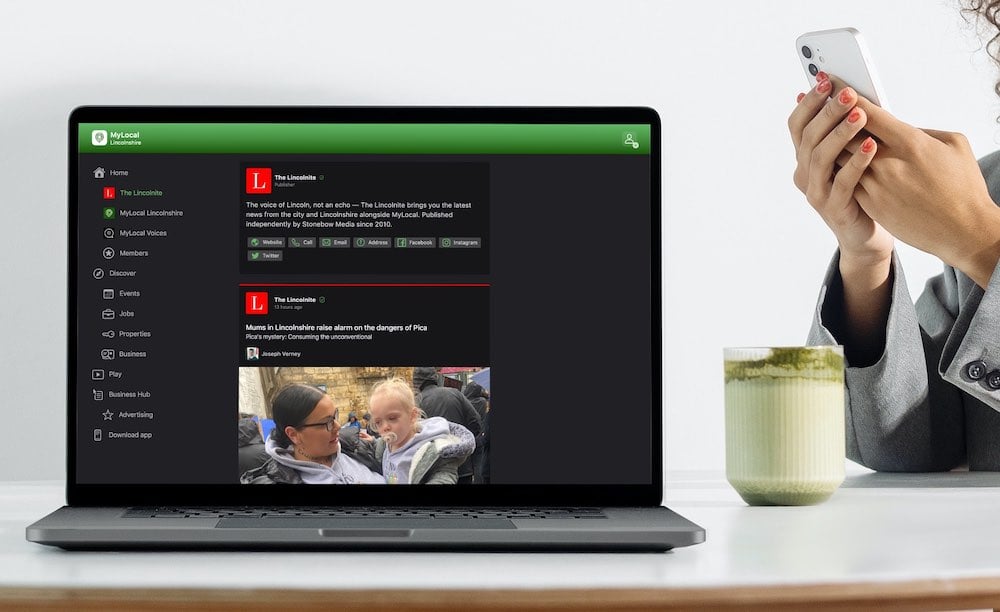No matter what age, size or even fitness level you are, you could be at risk of heart disease or heart attack without knowing it. This is because definite risk factors such as high cholesterol and high blood pressure are mostly symptomless; however, could there be any visible outward signs which may be predictors of heart attack and heart disease?
For example, it has been said that earlobe creases, a receding hairline at the temple, baldness at the crown of the head or yellow fatty cholesterol deposits around the eyelids may be predictors of heart disease and heart attack in some.
In 1976, a group of Danish researchers began studying 11,000 people 40yrs or older and found that subjects who displayed three to four of the above signs of visible aging (independent of traditional risk factors such as high cholesterol), had a 57% increased risk of heart attack and a 39% increased risk of heart disease, the risk increasing with each additional sign of aging.
According to the American Heart Association it has been found that out of these four signs the biggest predictor of heart attack and heart disease are yellow deposits around the eyes. Researchers ruled out grey hair and wrinkles as predictors of heart disease (thankfully!).
In the thirty five years since 1976 to 2011, researchers found that 3,401 of those subjects developed heart disease and 1,708 suffered a heart attack. A limitation of this study though, is it only involved an all white population, therefore results can’t necessarily be applied to other races and ethnic groups without more research.
The British Heart Foundation reported on a possible predisposition between heart disease and those that have diagonal creases on both earlobes, although that doesn’t mean everyone that has earlobe creases or any of the other signs will definitely have heart disease or experience a heart attack, as seen from the Danish study.
Links to heart disease have also been found in those that are shorter rather than taller, those that have an apple shape and also those that have a family history of heart disease.
It’s not possible to change our genetic predisposition to heart disease but we can definitely find out what our risk is and how to lower our personal risk. Once we know what our personal risk is, it’s possible to make a few tweaks to our lifestyle to help lower that risk, and live as long as possible!





